My thesis title: Computations of flows of elastic liquids
What does this mean?
The aim was to design and validate a bespoke computational method for three-dimensional simulation of elastic liquids, and use it to study phenomena which are hard to simulate. The broader field is CFD (computational fluid dynamics), but with a particular focus on classes of non-Newtonian fluid for which the governing equations are complicated and problematic to solve via the standard approaches deployed in commercial software. The method involved a Lagrangian finite-element mesh. Here "finite-element" means that the fluid domain is partitioned into a mesh consisting of a large number of separate “elements” (tetrahedra in this case), and “Lagrangian” means that the vertices of the mesh are considered as material points within the fluid itself, so that the elements deform along with the fluid as it flows (as opposed to an Eulerian mesh with elements remaining fixed in the laboratory frame of reference). Because a Lagrangian mesh becomes increasingly deformed as the flow evolves, a bespoke adaptive mesh reconnection and improvement algorithm was integrated within the method. Validation was via comparison to established “benchmark” problems in the 2D or axisymmetric case. The fully 3D method was then applied to investigate asymmetric phenomena which had not been fully explained previously, for example the viscoelastic drift of sedimenting particles in pipe flow.
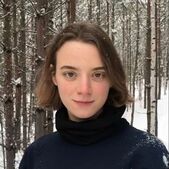

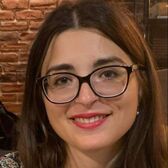
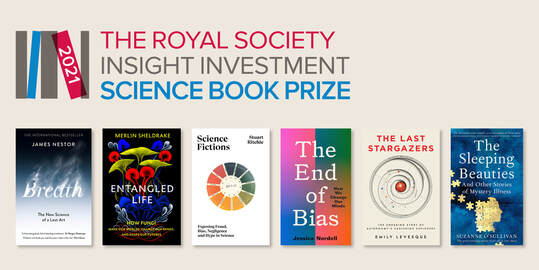
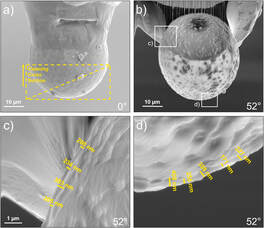
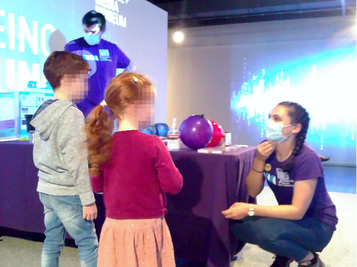
 RSS Feed
RSS Feed